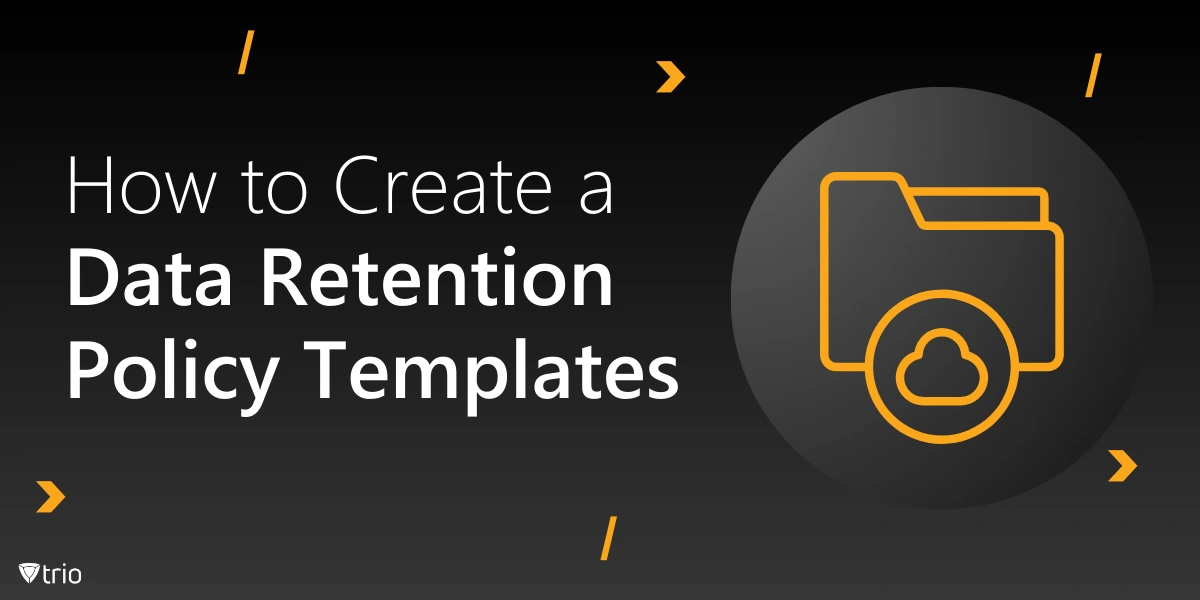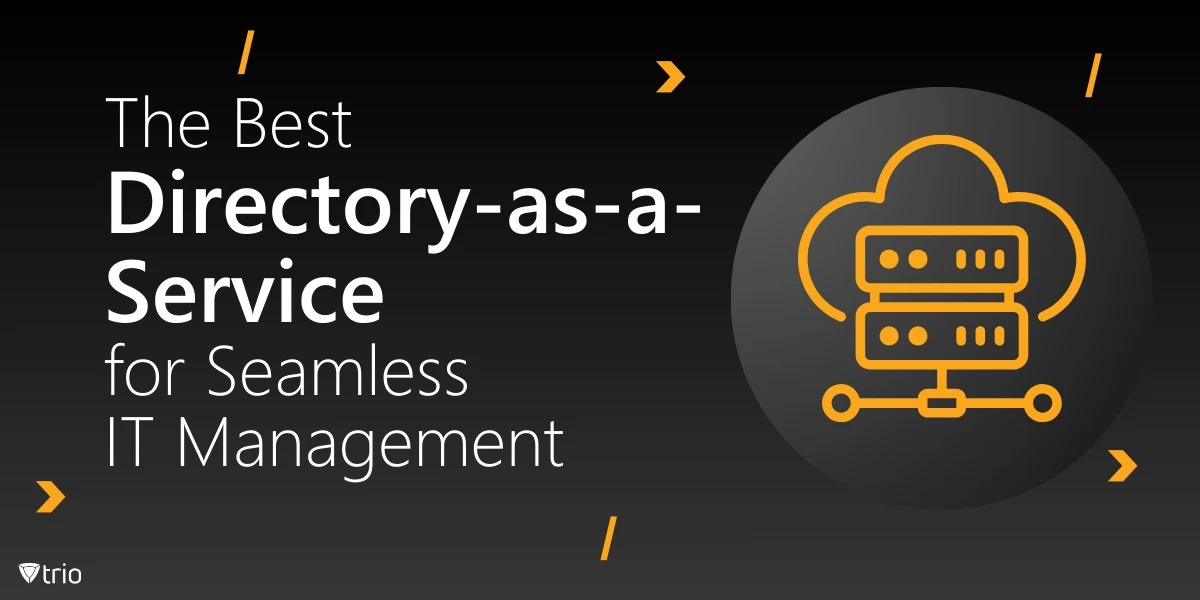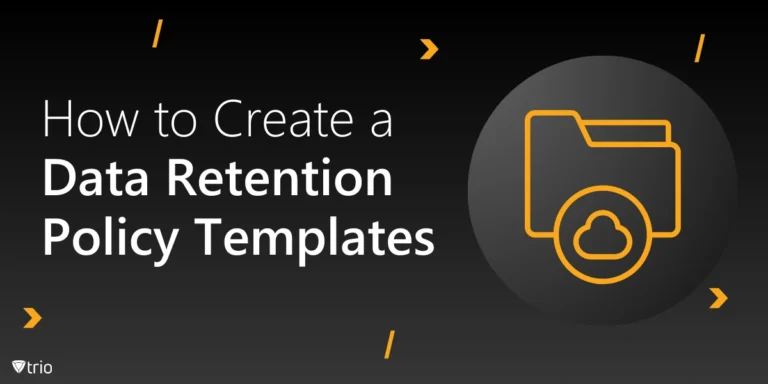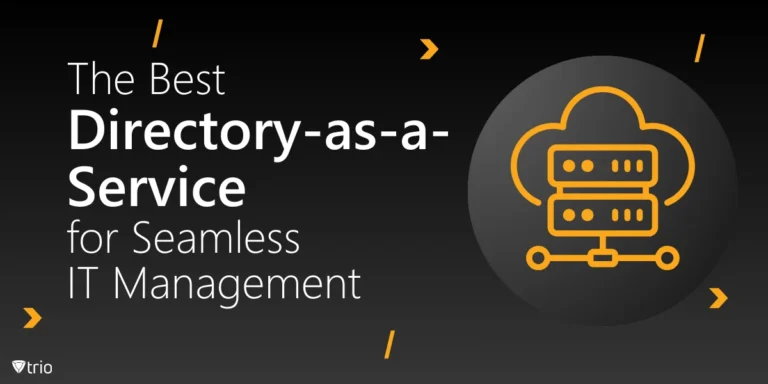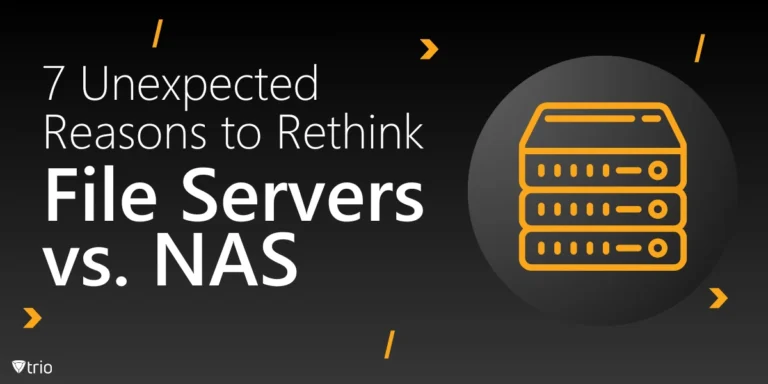In the world of cybersecurity, where data breaches and security risks continue to make headlines, one practice often goes unnoticed: deprovisioning. This seemingly routine process plays a critical role in safeguarding sensitive information and ensuring secure access across organizations. But what is deprovisioning, and why is it so important?
This article explores provisioning and deprovisioning in cybersecurity, delving into their meanings, examples, risks, and best practices. We’ll also show how Trio, a simplified MDM solution, can make the deprovisioning process easier to help IT teams achieve better security and efficiency.
What Is Provisioning and Deprovisioning in Cybersecurity?
At its core, provisioning involves granting users access to systems, applications, and data they need to perform their roles. Whether it’s a new employee being onboarded, a contractor joining a project, or an existing employee changing roles, provisioning ensures that the right people have the right access.
Conversely, deprovisioning is the process of revoking or removing access when users no longer need it—whether due to leaving the organization, changing roles, or completing a temporary assignment. It’s a vital component of identity and access management (IAM), reducing the risk of orphaned accounts and unauthorized access to sensitive information.
Understanding the user lifecycle management process is critical for organizations to mitigate risks. From seamless onboarding and offboarding to role-based access control, an effective strategy ensures access rights remain appropriate at all times.

The Hidden Risks of Poor Deprovisioning
Neglecting user deprovisioning poses significant threats to organizational security. Failure to remove outdated access permissions can lead to orphaned accounts—active user accounts associated with individuals who no longer require them. These accounts are prime targets for attackers, enabling unauthorized access to systems and sensitive data.
Human Error and Manual Processes
A common challenge in deprovisioning arises from human error during manual deprovisioning. Without proper automation, IT teams may overlook deactivating accounts or revoking specific permissions, leaving vulnerabilities within the organization.
Manual processes can also slow down the offboarding process, creating a gap between when a user leaves and when their access is terminated. This delay increases the window of opportunity for malicious activity, underscoring the importance of timely deprovisioning.
Real-World Implications of Security Risks
One notable deprovisioning in cybersecurity example involves organizations failing to deactivate contractor accounts. Contractors often access a wide range of resources during their tenure, and any lapse in deprovisioning can expose systems and applications to unauthorized activity.
Moreover, security breaches stemming from overlooked accounts can lead to hefty financial penalties and reputational damage. To prevent such outcomes, organizations must adopt proactive strategies to close these gaps.
Best Practices for Effective Deprovisioning
Implementing best practices for deprovisioning ensures organizations minimize vulnerabilities and enhance overall security. These strategies align with robust identity and access management (IAM) policies, fostering a culture of accountability and control.
Automate Provisioning and Deprovisioning
Automated processes for both provisioning and deprovisioning significantly reduce security risks and eliminate reliance on manual tasks. Automated user provisioning ensures new employees or contractors gain timely access to resources, while automation in deprovisioning swiftly terminates access for departing users.
Automation also integrates seamlessly with other security measures, such as disaster recovery protocols and data breach response plans, enabling organizations to respond more effectively to incidents.
Conduct Regular Access Reviews
Periodic reviews of access permissions are vital to ensure that users only retain access to the resources they actively need. These audits can uncover outdated permissions and flag potential security risks, such as excessive privileges.
Organizations should also establish a system to monitor and manage role-based access control, ensuring that each user’s permissions match their current responsibilities. Integrating these reviews into a larger vulnerability management strategy strengthens an organization’s defenses against internal and external threats.
Incorporate Secure Onboarding and Offboarding Practices
Effective onboarding and offboarding processes are cornerstones of secure user lifecycle management. When onboarding new hires or contractors, organizations must ensure that permissions are carefully assigned based on job requirements.
Similarly, offboarding should include immediate termination of all access credentials. This includes not only company accounts but also any associated third-party tools, minimizing exposure to unauthorized use.

Tools and Technologies for Streamlining Deprovisioning
Leveraging the right tools is crucial for simplifying user deprovisioning and minimizing errors. Here are some technologies and approaches that organizations can adopt:
Identity and Access Management Systems
Identity and access management (IAM) solutions centralize the management of user access across various platforms, enabling IT teams to monitor and revoke permissions with ease. These systems also support federated authentication, ensuring that users access resources securely without compromising sensitive credentials.
Mobile Device Management (MDM) Solutions
MDM solutions play a vital role in securing devices connected to corporate networks. By integrating deprovisioning capabilities, MDM tools help IT teams swiftly revoke access to company data stored on mobile devices. Mobile security becomes more robust with the added layer of control offered by these solutions.
Trio’s Role in Enhancing Deprovisioning in Cybersecurity
When it comes to efficient deprovisioning, Trio stands out as a powerful ally for IT teams. Trio’s Mobile Device Management (MDM) platform offers advanced features to streamline the provisioning and deprovisioning process while ensuring compliance with security best practices.
How Trio Simplifies Deprovisioning
Trio automates the process of revoking access for departing employees, contractors, or other users. By integrating with existing IAM systems, Trio ensures seamless deactivation of accounts and removal of permissions.
Trio’s support for role-based access control makes it easy to align access permissions with organizational roles, reducing the risk of security breaches and orphaned accounts. Additionally, Trio enhances access management (IAM) by providing real-time visibility into device and user activity.
The Benefits of Choosing Trio
With Trio, organizations can achieve:
- Enhanced security by promptly revoking access to sensitive information.
- Reduced administrative burden through automated user provisioning and deprovisioning.
- Improved compliance with industry regulations and standards.
Ready to see Trio in action? Request a free demo of Trio today and take the first step toward more secure and efficient deprovisioning.
Conclusion: Why Deprovisioning Matters
In the fight against cyber threats, deprovisioning is a powerful yet often overlooked tool. From mitigating the risks of orphaned accounts to preventing unauthorized access to sensitive data, effective deprovisioning is essential for protecting organizations.
By embracing best practices, leveraging technologies like IAM and MDM, and integrating solutions like Trio, organizations can ensure that user access aligns with business needs and security policies.
Finally, complementing these efforts with a robust cybersecurity incident response plan can provide additional assurance in the event of a breach. In cybersecurity, proactive measures make all the difference in reducing vulnerabilities and safeguarding critical assets.

